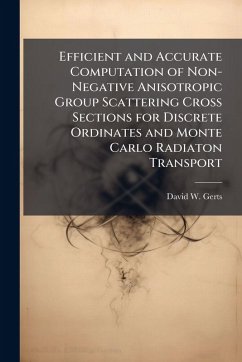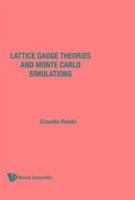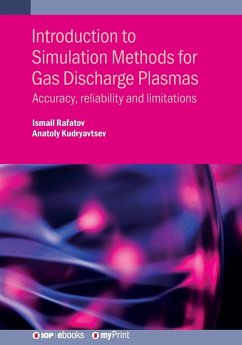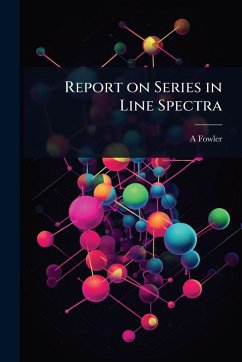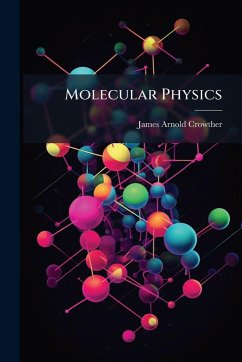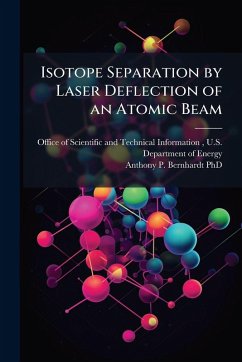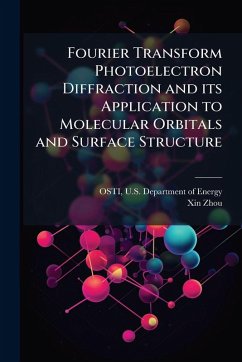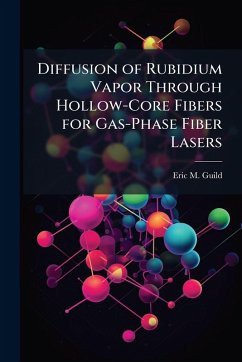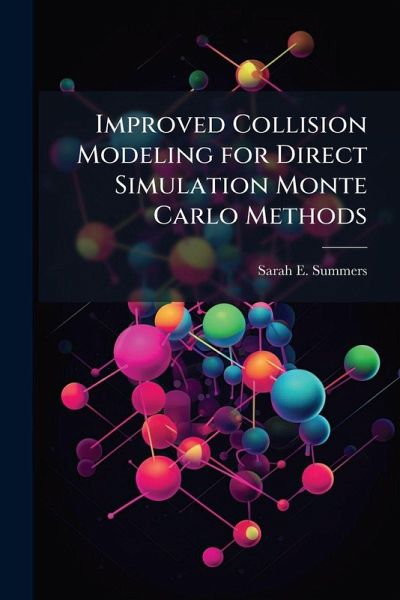
Improved Collision Modeling for Direct Simulation Monte Carlo Methods
Versandkostenfrei!
Versandfertig in über 4 Wochen
17,99 €
inkl. MwSt.
Weitere Ausgaben:

PAYBACK Punkte
9 °P sammeln!
In the Smoothed Accept/Reject (SAR) algorithm, the accept/reject criteria is altered from Direct Simulation Monte Carlo (DSMC): rather than a binary function of rejection or acceptance, collisions can be partially accepted with a linear weighting between zero and one. The partial acceptance is based on a band around the original accept/reject criteria defined as a percentage of the collision criteria, which is called . A relationship previously noted between Mach and is explored. Velocity distributions of the particles are examined for all algorithms and compared to experimental data to determ...
In the Smoothed Accept/Reject (SAR) algorithm, the accept/reject criteria is altered from Direct Simulation Monte Carlo (DSMC): rather than a binary function of rejection or acceptance, collisions can be partially accepted with a linear weighting between zero and one. The partial acceptance is based on a band around the original accept/reject criteria defined as a percentage of the collision criteria, which is called . A relationship previously noted between Mach and is explored. Velocity distributions of the particles are examined for all algorithms and compared to experimental data to determine the effect of the SAR algorithm at a microscopic level. All of the comparisons to experiment show a Mach dependency that has previously been noted, and the dependency was defined for the normal shock simulations. DSMC does adequately simulate the nonequilibrium within the cells at a high Mach number through the shock, but SAR does. The SAR algorithm models the flowfield in the shock better than DSMC through a change in the collision rate and particle sampling methods, which allows for a more accurate simulation. This work has been selected by scholars as being culturally important, and is part of the knowledge base of civilization as we know it. This work was reproduced from the original artifact, and remains as true to the original work as possible. Therefore, you will see the original copyright references, library stamps (as most of these works have been housed in our most important libraries around the world), and other notations in the work. This work is in the public domain in the United States of America, and possibly other nations. Within the United States, you may freely copy and distribute this work, as no entity (individual or corporate) has a copyright on the body of the work. As a reproduction of a historical artifact, this work may contain missing or blurred pages, poor pictures, errant marks, etc. Scholars believe, and we concur, that this work is important enough to be preserved, reproduced, and made generally available to the public. We appreciate your support of the preservation process, and thank you for being an important part of keeping this knowledge alive and relevant.




